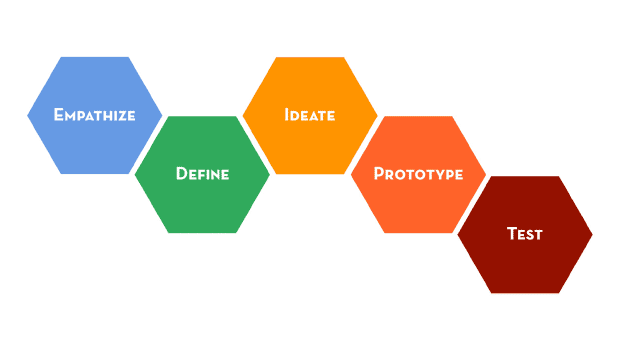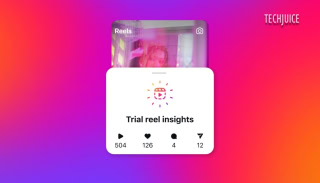This is our fourth feature of the Design Thinking Series.
As a standalone product, the iPod was considered a massive failure in the early days. Apple stock fell for 3 consecutive quarters, analysts were enraged with Apple’s arrogance to charged USD 300 for “just another Mp3 player” and the viability of that much space for a gadget that hadn’t been valued was in question. What the analysts didn’t see was that it was a platform. And so, 3 quarters later, Apple introduced iTunes with the five major record companies, and the rest is history.
Design thinking addresses the concept of creating platforms, not ideas. In the past, various problem solving methods have been proposed by a myriad of fields around the world. The bigger problem is to figure out what the problem is in the first place. In order to make a transformation that is meaningful, its important to have a framework through which the problem can be framed in a manner out of which the highest forms of benefit can be derived.
According to Dave Holston (Senior Director at Georgia Institute of Technology), if you were to fast forward and explore the outcomes of design thinking, you would find
a. new experiences
b. organizational transformation
c. cognitive shifts
d. new sustainable behaviors, platforms and solutions
e. the ability to leapfrog and look beyond the four walls
Another aspect of design thinking he stresses is the approach towards creating leaders. A new kind of leadership that relies on design thinking as a guide, is the first step towards a mindset wherein strategic creative visions are formed, behavior patterns are adjusted with the tide and a manager can grow his company in new markets.
Design thinking addresses the concept of creating platforms, not ideas.
Fadi Sabbagh (Yahoo MENA’s former head of UX) suggests starting with the acknowledgement of different classes of challenges and sorting them accordingly by first understanding them. There are two questions – “do you know what the outcome is and the process involved?” and depending on whether you know what the outcome or process is, you place your problem into one of the four quadrants:
1. Paint by Numbers – understand both
2. Fog – understand neither
3. Movie – understand process
4. Quest – understand outcome
As a strategic tool, design thinking allows for a unique set of outcomes, since framing the problem takes up the initial work. The need to find return on innovation is an important one to address, but Fadi suggests that in measuring the phenomenon, you don’t kill it. New ideas often look different to the organization – as they should – but need some time. In some cases, the ideas reached could threaten the existing business model or occasionally potentially cannibalize the market. As such, the natural tendency of organizations is to shut down ideas that are unusual. The prototyping methodology which involves asking questions with various subsets of the product being designed, is one that Fadi has found success in. Its a process that relies on engaging users and gauging their acceptability of the product, almost a co-creation process. So having part of the process protected from measurement is key; it is only after the idea have launched away from the innovation stage, the manager needs to do a standard test of market size, investment value thus far, the viability of BETA or soft launching with tested clients.
Like the Apple example in the introduction, it is pertinent to note that creating the platform is a must. The innovations change the behaviors too – in the past you had to pick the 50 songs you would take with you on a jog with the Mp3 player. After the iPod, the concept of opportunity cost and picking certain songs went out the window. Apple changed that paradigm .. you could now have thousands of songs and moreover you had an ecosystem for refreshing those songs. It just opened a whole new set of possibilities, that at the time of its launch was considered cannibalistic and ultimately the champion of all ideas.
The ROI here came from the shift of perception, Apple went from being seen as an OS company to a media company. You could measure the shift of revenue stream possibilities that also emerged as a direct result and profitability of that one hardware sale and then the unlimited download potential made this a no brainier in the value of design thinking methodologies.
To read more on the application of this concept, click here for the interview with Muhammad Uzair – Chief Designer @ Ephlux.












